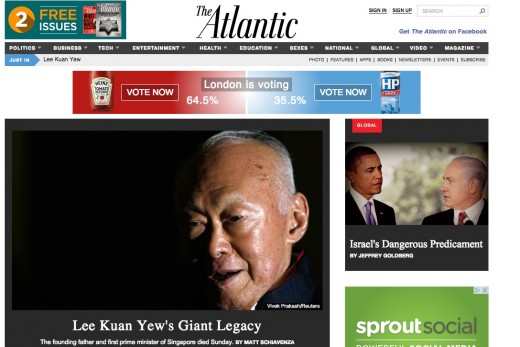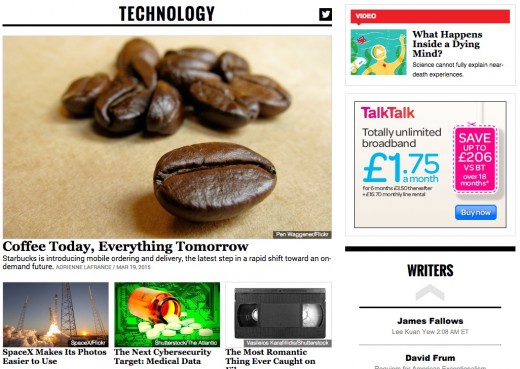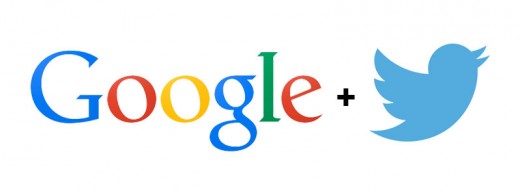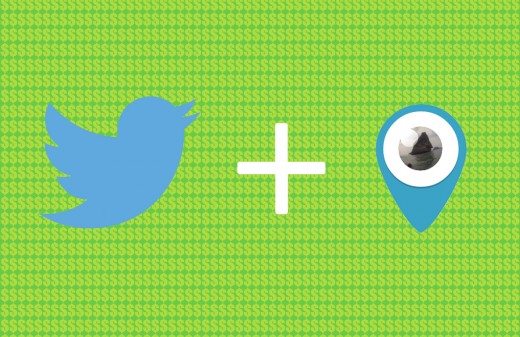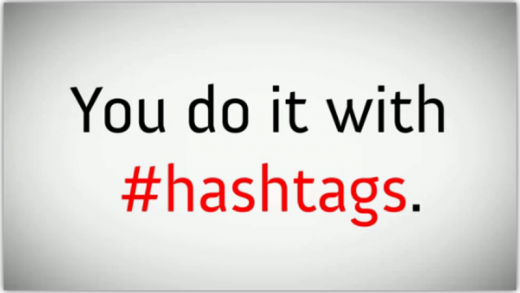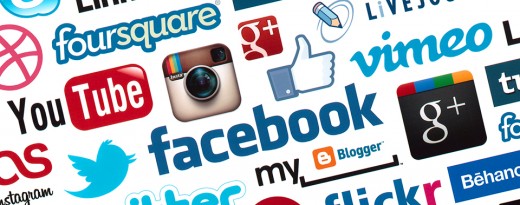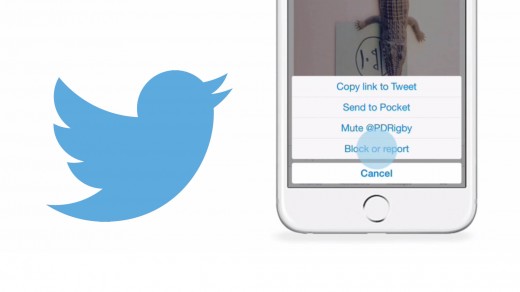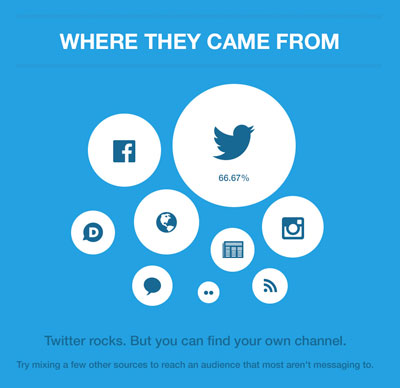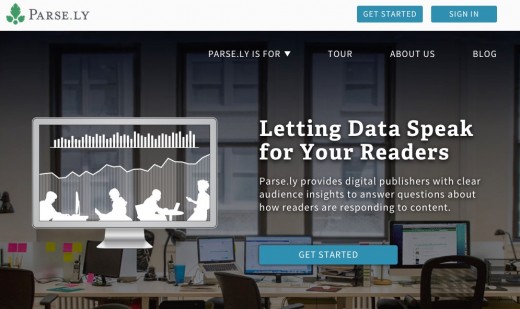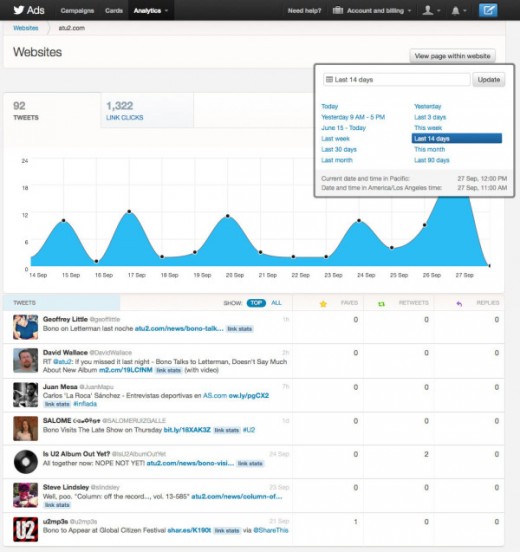
This article first appeared on Simon Owens’ blog.
Though Facebook drives far more traffic to content than any other social media network, Twitter plays a vital role not only as a direct source of traffic, but also to reach industry influencers who can propagate content across all platforms, from Facebook to Reddit to even the mainstream media (a disproportionate number of journalists hang out on Twitter).
It used to be that websites simply set up an RSS feed that automatically tweeted out any new content, but it quickly became apparent that if you wanted to maximize the traffic-driving potential of Twitter, you needed to hire a social media editor who would apply a human touch and leverage best practices to get the community engaged with a publication.
Jake Swearingen has been running social media accounts for publications since 2011, first for alt weeklies in California and then later as digital director for the magazine Modern Farmer. In September 2014 he became a social media editor at The Atlantic, one of the world’s most venerable magazines (Quantcast estimates it receives 3.8 million monthly unique visitors), and its main Twitter account has nearly a million followers.
Jake Swearingen, The Atlantic’s social media editor
Overseeing its social platforms with a combined following of millions of users, Swearingen’s opinions on how important Twitter is for brands has changed. We spoke about what role Twitter plays in driving traffic and how to maximize click-through to content.
Can we start by contextualizing Twitter’s role in sending traffic to news publishers? How important is it in terms of sending traffic referrals? One of your writers recently wrote about the limited traffic impact of Twitter, but do you subscribe to this belief that it’s not a big deal?
If you look at it purely from a metrics standpoint, there’s absolutely no question that Twitter is not a huge traffic driver in the way Facebook is or even a small link on a middling blog, both of which send more traffic than a link from a very well-known Twitter presence.
I remember when I was at LA Weekly we had written something about Miley Cyrus, and she tweeted it out with an explicit call to action for her followers, something like “You have to read this.” At the time she had 2.2 million people following her.
I was curious so I tracked how much traffic that had gotten from Twitter, and it was about 2,000 people who had come over. So her click-through rate was abysmal. Way less than 1 percent. Way less than the click-through rate of a banner ad.
When you look at it that way, Twitter doesn’t drive a lot of referral traffic, and it doesn’t drive a lot of referral traffic for us. It’s significant, usually in our top five, but compared to Facebook and Google, it doesn’t come close.
Certainly there are specific kinds of stories — like [Atlantic writer] Ta-Nehisi Coates, pretty much anything he writes is going to do well, and where it does really well is on Twitter. Because when he says “I have a story,” it’s something people pass around really quickly.
The other part of it is we can only track what traffic is coming from Twitter, we can’t track when someone spots something on Twitter and then links to it elsewhere and sends a lot of traffic that way. It’s hard to nail down how much traffic Twitter is really worth.
What about Twitter as an influencer network? That even though it doesn’t have the reach of Facebook or Google, it’s where the top industries leaders congregate and something that takes off on Twitter bubbles over into other networks.
I’ve certainly seen examples where a story did well on Twitter and nowhere else, partly because even influential Twitter is still dominated by essentially media people along with a few luminaries in tech, politics, and celebrities. I do think there is something to the idea that you’re able to get in front of influencers or people who control a lot of attention.
Even that, I think if we were just looking at referral traffic, I think we could stop posting on Twitter all together and we would take a traffic hit, but it wouldn’t be a significant one. The reason we do stay on Twitter is because for a lot of the people we want to get in front of, it’s the way they consume information. And it’s a way for us to immediately be a part of the conversation in a way that can’t be done on Facebook.
Even though The Atlantic is not a breaking news organization and isn’t usually trying to respond immediately to something that happens, we want to be part of the conversation and you have to be on Twitter to do that.
We’ve heard that Twitter is re-entering its partnership with Google, which will allow Google to tap more directly into Twitter’s stream when it’s indexing content. Do you think that has major SEO implications to it?
For us as a publication, we do pretty well in SEO, I don’t know how much of an effect Twitter will have for us in terms of indexing better on Google.
How do you decide to launch a new Twitter account? The Atlantic has a lot of verticals and even subcategories. Is there this cost/benefit analysis going on before you launch a new Twitter account or decide you should roll it in under an already-existing account?
I think there are two big parts to it. One is how you build traffic to it, or rather how do you build followers? Twitter is a little bit easier to build followers than Facebook is at this point. Both require time and effort.
The second is the workflow of it. Who is going to be responsible for it? Who’s going to own it? You can’t just set up an RSS feed to your Twitter account and call it a day.
You have to write headlines and copy that is meant for Twitter. I would probably be considering whether this is a topic I could amass a sizable community around. Is there somebody on our staff who is already really interested in this and who might be already doing this regardless? I don’t think it’s something you would just start up the same way you would build up another section of the website.
Really, the topic has to be good and you have to find someone who will do it out of passion. Unlike a Facebook page, where you can get away with only posting three or four times a day, a new Twitter account really needs to be going 10, 12, 15 times a day.
What’s the dynamic between the main Atlantic Twitter account versus the accounts for its different verticals? How do you decide how much play a story should get on the main Twitter account instead of just letting the vertical Twitter account promote it?
Everything we publish goes through the main Twitter account. We try to retweet our sub-accounts and hope that drives some people to go follow them. That’s the extent of it. The sub-accounts will publish everything that goes through their channel.
I’ve noticed that most news organizations, including yours, only use hashtags sparingly. Is that a conscious decision?
I think there are two parts to this. One is aesthetics, or, put another way, snobbery. The tweets that use hashtags often look like marketing or like someone who doesn’t know how to use Twitter very well. And the people running these accounts usually want to look like they’re working for a sophisticated publication or brand.
The other part of it is that hashtags just don’t drive that much more attention to you unless you’re hitting upon one that has consistent interest in them. There are smaller hashtags that people are following along on their own. Or if there’s a hashtag trending and of the moment, then you can sort of ride along that traffic. So why do it?
How much are you using tools to schedule tweets and how do you decide whether to schedule a tweet or just tweet it out right away?
We use a tool that puts tweets into a hopper and analyzes when the best time is for it to be tweeted out. About 70 percent of what we do is done using that. A lot of what we write on a day-to-day basis is a little bit more evergreen compared to what you’ll see at your average publication.
We’re writing things that work just as well if you write them today versus two weeks from now. That said, when we have something that’s absolutely in the news or part of the conversation at that very moment, then we will publish immediately.
We’ve heard that we’re supposed to tweet out the same piece of content several times a day because only a small percentage of your followers will see any given tweet. What’s your rule of thumb for how many times you should tweet out an article?
In my experience, unlike Facebook where people will start to complain if you repost a piece of content too much, with Twitter, just because of the pace of things getting quickly buried under more tweets, you can post a piece of content many, many times.
We’ve definitely run things five, six, seven times.
In a single day?
Not in a single day. Sometimes something we’ve posted in the beginning of the day we’ll post again in the evening, but this is over a course of two or three weeks where we rerun something through a significant number of times. It’s something where people are clicking enough that it tells me they haven’t seen it before.
How important is it that you post a photo with the tweet? Is the click-through noticeably higher when you do it?
Well I don’t have any official data on that. I’ve read plenty of marketing white papers that have shown a higher click-through rate. My gut, anecdotally, is yeah, pictures absolutely matter a lot. Especially certain types of graphics.
I know we can throw up a post that has a graph, a map, or basically any type of infographic, and we immediately see people start retweeting it really fast, much faster than they’d have time to actually read the article, and even faster than they’d have time to even comprehend the infographic they’re looking at.
We’ll post it and within a few seconds we’ll see five, six, seven retweets. I think there are certain types of graphics people enjoy retweeting. The way I think of it internally is that Facebook makes you seem like a happy well-rounded person, and Twitter is about trying to make it seem like you’re an informed of-the-moment person, and things like graphics and infographics help them broadcast that out.
So you’re saying that information that’s self-contained on Twitter where you can avoid having to click away from Twitter performs better?
Yes. On Twitter, most people don’t want to leave Twitter, which is great for Twitter but bad for news organizations like ourselves.
The Atlantic employs several journalists that have very high Twitter followings. How important is this in terms of driving traffic? Are people more likely to click on and engage with a tweet coming from a human being versus a branded account?
My gut would say yeah. We can track this somewhat. We have a tool called Parse.ly that we use. And when Ta-Nehisi Coates puts up a tweet to his work, that will spike like crazy – more so than we ever see from our branded accounts.
So it does matter if you have a big name journalist who’s working for you who also has a pretty big presence on Twitter. They can definitely drive a lot more traffic than what you’ll see from our branded account.
So how important is it then for a social media editor to focus on not only building a following for the publication but also for the journalists who write for it?
It’s important. If you’re at The Atlantic and you’re a writer who wants to do that, that’s something where we help out. But it’s also something that we’re never going to force someone to do social media. I think that’d be a terrible strategy if we went around to everyone and really got on them to post every day because we wanted that traffic.
If someone wants to do it, then that’s great, but I don’t see that as something we should be adopting as a strategy. It’s just a happy bonus.
What kind of metrics are you judged by and judge yourself by? Especially on Twitter.
On Twitter, I would say I’m mainly looking at referral traffic. I’m looking at how much engagement we’re getting on Twitter. How many favorites, of course, but retweets are even more important. But mainly referral traffic.
If I suddenly saw our Twitter referral traffic was dipping below what it was, then I’d want to think about if we’re doing something differently than before. I do think, as with most publications, we’re mainly focused on referral traffic and not just what we’re doing on that platform.
How do you delegate roles when the main social media editor is off-duty? Are you expected to spring to life wherever you are? Or can you email someone and say take care of this.
We’re certainly lucky that we can have a couple people who can take over when I’m not around. The day-to-day on the Twitter account is handled by my fellow, who does it with my overseeing him. Over the weekends we do a mixture where I’m doing some scheduling out beforehand and we have an editor who pulls weekend duty and helps out.
Social media is not the most complicated thing in the world. If you can show someone how to write some copy and here’s how to attach a photo, then they’re good to go. The dirty secret to social media is that it’s actually not that hard.
This article is excerpted from my book: Your Guide to Twitter Marketing. I sought out some of the world’s most powerful marketers and grilled them on their subject matter expertise. This book gives you direct insight into how the world’s top marketers approach Twitter and use it to drive sales and influence.
Read Next: 61 key social media metrics, defined
Image credit: Bloomua/Shutterstock
Get the TNW newsletter
Get the most important tech news in your inbox each week.

